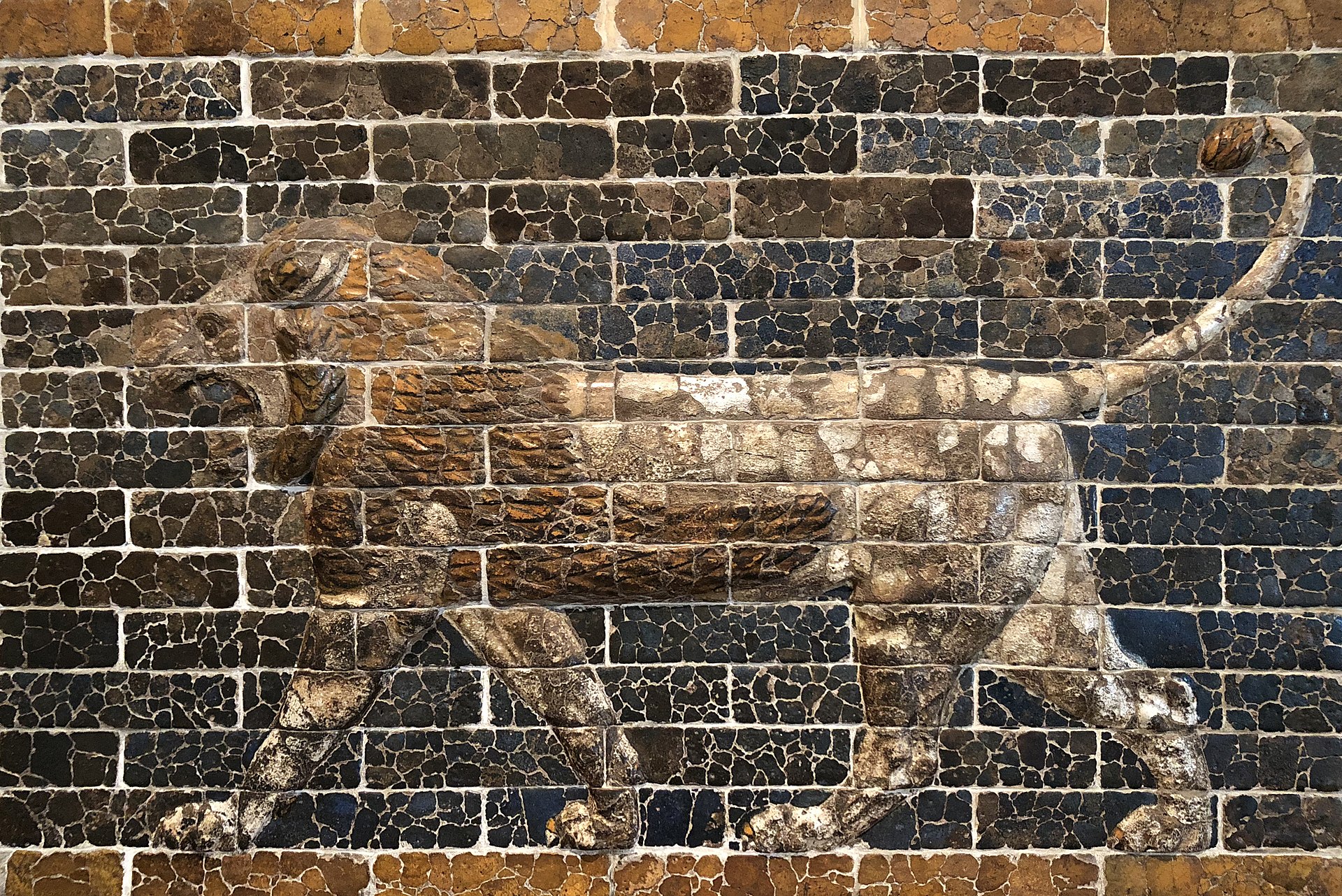History & Heritage
7.17.2020
Past meets present amidst the Ruins of Babylon

The ancient city of Babylon, home of the city’s famous Hanging Gardens, one of the world’s seven Ancient Wonders, has received even more attention as of late. The ruins of the site, which date back to over 2,600 years ago, were registered on the UNESCO World Heritage list in July 2019, and have become a regular pilgrimage for students and other visitors keen on exploring the ancient site and push the limits of what is considered by some to be forbidden territory.
The ruins, which lie 85 KM away from Baghdad, are a popular destination for the youth, which are known to hide amongst the ruins for a brief respite away from the eyes of their superiors. They are also home to a site which was once inaccessible to the general public: the summer palace of Iraq’s former dictator, Saddam Hussein, which was constructed as a replica of one of the ancient Babylonian palaces.

MEE/Tom Westcott
Despite the presence of Hussein’s palace, the surrounding archaeological specimens and constructs tell a much more complicated story. The ruins, which include the ancient remnants of walls, gates, palaces and temples, bear witness to the many civilizations which have called this place their seat of power, including the Neo-Babylonian empire. Famous rulers such as Nebuchadnezzar of biblical fame, and Hammurabi, the ruler traditionally cited as having created the first set of written laws in history, both ruled from this legendary seat of power.
Much like the complicated histories of the region, the past becomes prologue: the complicated expectations in society, and the struggle between the independence of youth and the traditional ways of modern Iraqi society also play an important role in deciphering the forces at play in this ancient city. Young lovers are known to sneak off and use the old rivers and gardens as a place to escape the expectations of conservative Iraqis and share a moment together alone.
A Place of Contrasts

Replica of the ishtar gate at the ancient archaeological site of babylon (AFP Image)
The ruins are a series of complex dynamics: ordinary meets elite, the new meets the old, expectations meets liberation, and past meets present. But nevertheless, the site remains rather empty, despite its historical significance. The palace itself was reconstructed by Hussein to reflect the glory of Iraq, and notably, his own. While Saddam’s palace was a reconstruction of one of the three ancient Babylonian palaces, it was also deemed woefully inaccurate by historians when it was rebuilt in 1987.
The site has since suffered further damages, since the American invasion of Iraq in the 2000s, where the ancient ruins were used as a base for American and Polish forces. Further, there is no comprehensive and fully-formed plan on how to restore and conserve for the site’s sprawling area, though the federal and regional governments have succeeded in finding funding to do so. Some physical elements of the site are also dubiously authentic; for example, Hussein added stone reliefs of himself, set amongst national slogans, to walls at Babylon, not everyone can be Hammurabi.
Challenges Ahead
The Iraqi government has big hopes for the site, and has crafted even bigger plans to attract the eye of international visitors. The palace, some of which is still inaccessible to the general public, is slated to become a cultural center about the ancient site. But the challenges are real, and sometimes, front and center. The country still has a ways to go in showing the world that it is ready to accept tourists on a large scale, which includes proper infrastructure, visas, and perceptions of the country.
Continued archaeological efforts to highlight the site’s historical, cultural, and societal importance will only serve to boost the site’s reputation. While it is hard to say if or even when these ruins will welcome lovers from outside the country, for the moment, ordinary Iraqi youth can escape under the shadows of emperors, slipping into forbidden spaces which were once reserved for the country’s elite, to share an ordinary moment together in an extraordinary place.
popular

